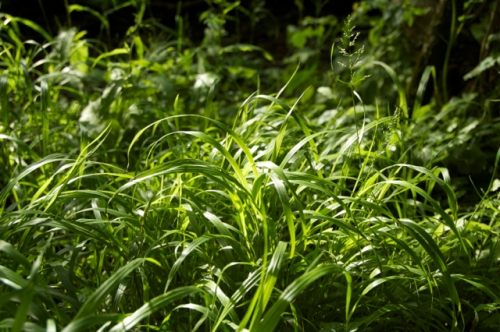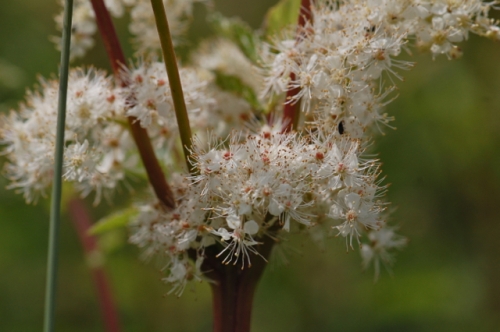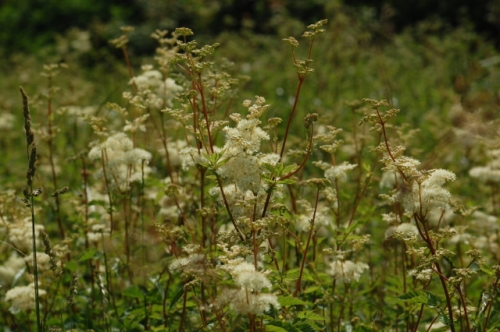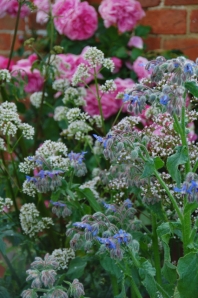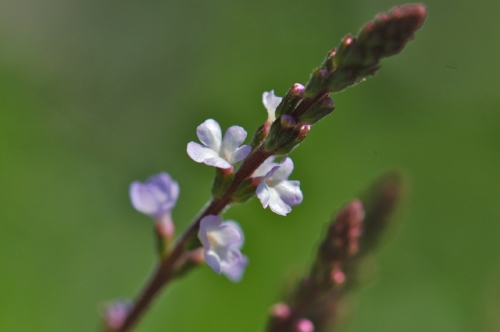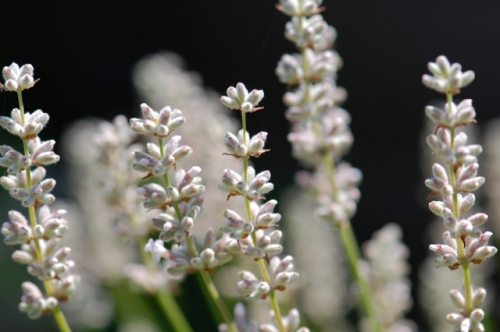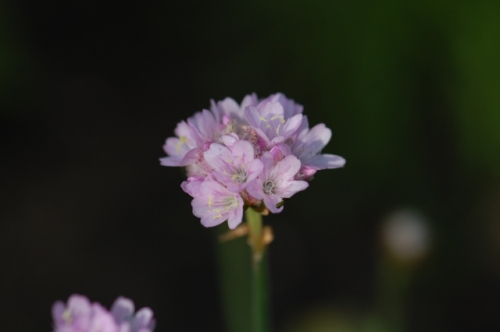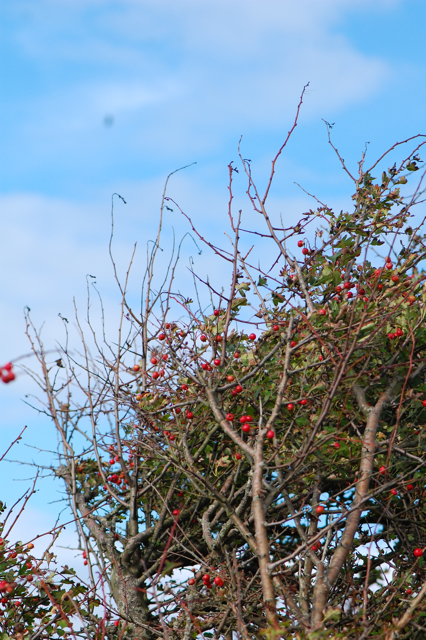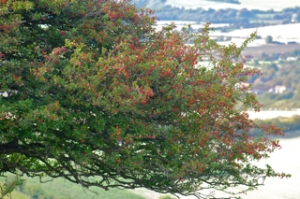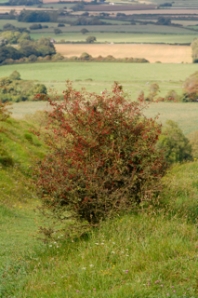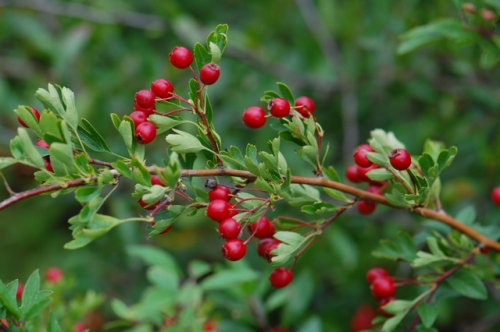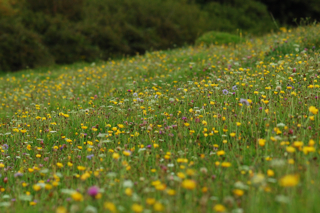This post is part of the July Blog Party hosted by Danielle over at The Teacup Chronicles. Check her blog tomorrow for links to the other entries.
The idea for this blog party was ‘cooling drinks for the dog days of summer’ so it may come as a surprise to some that I have chosen to write about herbal teas (well, I am English after all). I drink teas come rain or shine and there are many lovely cooling herbs that make fine summer teas. Now I know the UK isn’t famous for its scorching weather but folk from hotter climates also enjoy teas on even the warmest days of summer. In India I drank chai, in Morocco it was fresh mint tea and in Mexico we used to have a lovely cinnamon infusion. Some of these drinks, as well as being taken hot, also contain warming spices which we associate more with winter drinks but these can actually open up the pores enabling you to cool down more effectively. Such is the magic of herbs.

To make the perfect cup of tea it’s ideal to use filtered water as the taste will be purer. Warm the pot with a little hot water first, discard then add about a tablespoon per pint of your chosen herbal mix. Pour over hot water that has just boiled but ceased to bubble and leave to infuse for 10/15 mins to extract as much benefit from the herbs as possible. If you need a sweetener then add a little honey after pouring when the tea will have cooled enough to avoid destroying its beneficial qualities. Ayurvedic medicine warns strongly against heating honey. Sip slowly and with gratitude for the multitude of wonderful herbs available to us.
Some of my favourite summer herbs include:
Chamomile – Soothing to the digestion and the nerves, chamomile is a lovely after dinner summer tea and helps calm overheated, irritable children (and adults).
Rose – Cooling, toning, calming and full of love, rose is lovely mixed with gently moistening herbs like Lime blossom and mallow or cooling diaphorectics like elderflower for a harmonising summer treat.
Sweet Woodruff – Cooling, mildly cleansing, good for the digestion and relaxing, this herb is a lovely addition to many summer tea blends with its mild and pleasant taste.

Sweet Woodruff
Elderflower – Cooling, diaphoretic and soothing to the upper respiratory tract, elderflower also has a light and pleasant flavour which is ideal for summer teas.
Hawthorn Blossom – Calms the nerves and opens the heart, if you like the taste, which I do, then this one is a winner.
Lemon Verbena – One of my favourite herbal teas, alone or in combination, not only for the delightful, refreshing taste but for its ability to calm digestion, fevers and nervous tension or anxiety.

Lemon Verbena
Borage – Demulcent, cooling and anti-inflammatory as well as strengthening to the adrenal glands, borage makes a nice addition to blends of summer teas as it doesn’t have much of a flavour by itself.
Lemon Balm – The perfect summer cup of tea! Delicious by itself or with other herbs like rose, other mints and lavender, it uplifts the spirit and cools the body and mind.
Mints – Spearmint, garden mint, peppermint, apple mint, ginger mint, chocolate mint… the choice of mints is endless! My favourites for tea are Moroccan mint and spearmint but I use various others too. What could be more refreshing than a cup of fresh mint tea? It’s also delicious as iced tea, chilled in the fridge with a little ice added before drinking.

Spearmint
Fennel – A great digestive tea, fennel has many uses, from boosting milk flow in nursing mothers to respiratory congestion and lifting low libido. It’s a tasty addition to tea blends and works well with other digestive herbs like chamomile.
Calamint – Sweet, aromatic and warmer in nature than some of the other mints, Calamint is also a good diaphoretic, digestive and expectorant herb.
Marshmallow – One of the best herbal demulcents, Marshmallow is lovely to include in blends for people who get dry in the summer.

Marshmallow
Lime/ Linden Blossom – Calming, cooling and moistening, this is a delicious tea for those who are stressed out and over worked or are having trouble getting off to sleep.
Calendula – Healing, anti-inflammatory and useful to the immune system, Calendula petals add a splash of colour and many benefits to any tea formula.
Lavender – Another great nerve soother and digestive herb, Lavender can help headaches from the heat and is lovely taken just before bed to help ensure a relaxing night’s sleep.

Lavender
Some summer tea combinations I particularly enjoy include:
* Lemon Verbena, Sweet Woodruff and Spearmint.
* Fennel, Calamint and Lemon Balm.
* Elderflower, Rose and Borage.
* Linden, Chamomile and Hawthorn Blossom.
* Apple mint, Monarda and Calendula petals.

And to finish, for those who know the old ditty…
I like a nice cup of tea in the morning,
I like a nice cup of tea with my tea,
And when it’s time for bed,
There’s a lot to be said,
For a nice cup of tea!
Read Full Post »








